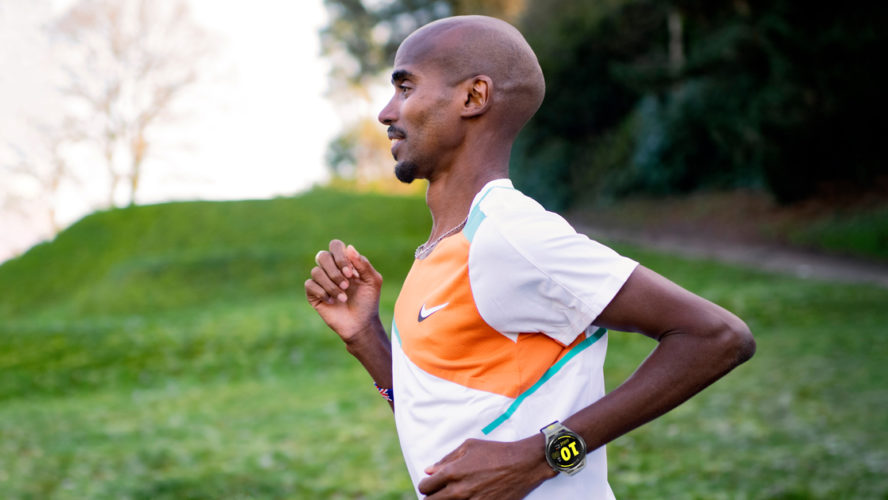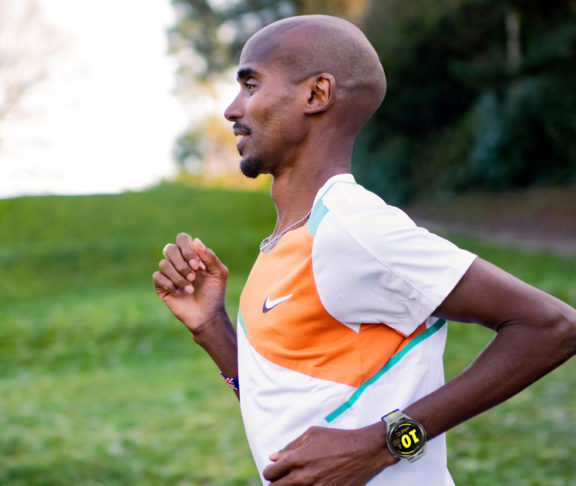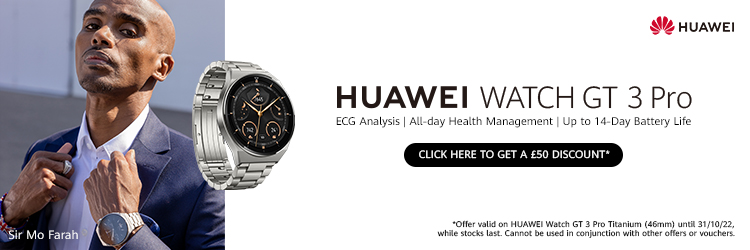
Winston Eavis
Huawei UK
Wearable technology has made great strides in the fitness world over the past few years. Now, it is finding its way to a new audience with diverse healthcare needs.
At Huawei, we pride ourselves on delivering technology to keep people connected across the world — that’s why we’re trusted by millions of consumers here in the UK and hundreds of millions more around the world. What’s less well-known is our role as one of the world’s leading healthcare providers — but that’s what we have swiftly become.
In recent years, we have sold hundreds of millions of wearable devices around the world, each equipped with industry-leading healthcare tracking — from simple things like counting your steps to medical-grade technology that can track your heart rhythm or measure your blood pressure. The reason behind our success is our continued focus and investment in innovation, creating new ways for our users to monitor and manage their health.
Keeping a close watch on your vitals
Our latest innovation — the HUAWEI WATCH D, which received CE medical certification in Europe — tackles a vital area of heart health that many people around the world need to carefully monitor: blood pressure.
Unlike the traditional doctor’s method of pumping up a sleeve around the top of your arm, it uses a similar technique, but around your wrist, delivering an accurate measurement within 30 seconds. This allows people to stay on top of their blood pressure, giving them (and their doctors) regular, accurate readings at the touch of a button. That ease and immediacy, with no calibration required, is something we believe will help to improve quality of life.
The WATCH D, together with our flagship wearable — the WATCH GT 3 Pro — will also launch with ECG analysis, allowing users to test for atrial fibrillation or irregular sinus rhythm. The GT 3 Pro is currently being used by HUAWEI ambassador Sir Mo Farah as he trains for this weekend’s marathon, giving us a chance to see how our technology can track elite performance and help the world’s best athletes reach their peak.
Our data proves that older generations can enjoy the benefits of new technology and that no one should be left behind.
The increasing value of wearables
The launch of our new watch comes at a great time, with sales of health tracking devices increasing, particularly among the over 55s.
A study we conducted recently across multiple markets shows that many people found the motivation to start using a new health and fitness wearable for the first time during the pandemic. Those that did, encouragingly, were twice as likely to increase their physical activity compared to those that did not.
Inclusive technology for older generations
Surprisingly, results also revealed that while over 55s generally have a lower digital affinity, in three of the six countries surveyed — Germany, France and Italy — these users actively measured more health metrics than younger respondents.
Our data proves that older generations can enjoy the benefits of new technology and that no one should be left behind. Devices that are uniquely created for inclusivity — like the WATCH D — can undoubtedly help people improve their health and wellbeing.
Our partners in research
Our innovations don’t stop there; we’re already making big breakthroughs in health management. We have joined forces with the University of Liverpool and 301 Hospital in China to trial wearables on post-stroke patients. Atrial fibrillation and other factors, such as sleep apnoea and walking pace, will be monitored to see how they affect recovery patterns and the further risk of strokes.
We have also launched three new health research projects: blood sugar monitoring, lung function and health and high-altitude health management — just a glimpse of the breadth of real-world issues that we hope to help people in the near future.
As technology becomes more powerful, the variety of information that people can get from their wearable device is only going to expand and become more useful. We will continue to push those boundaries, finding more ways to give people the technology to live better, healthier lives.




